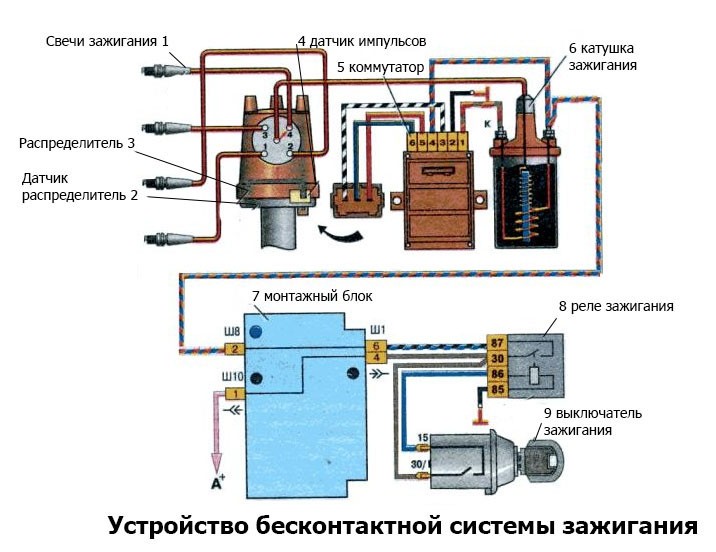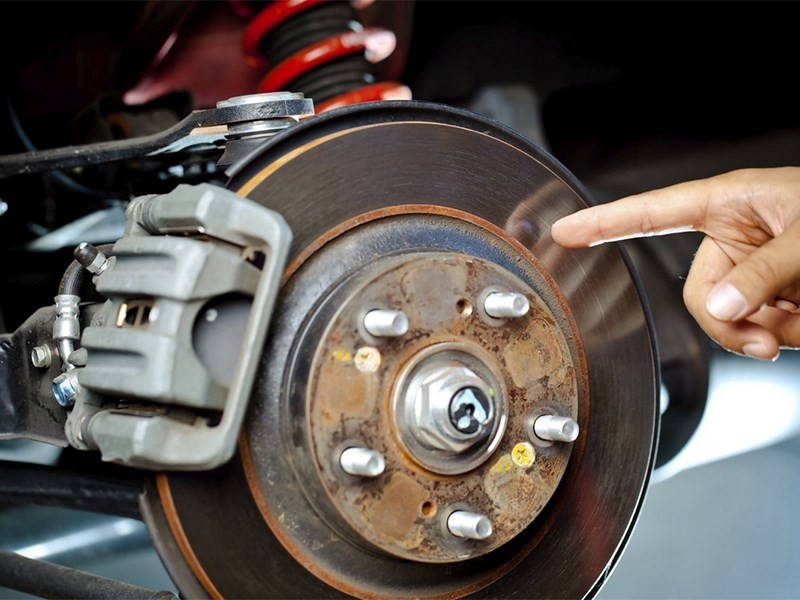
What is the difference between conventional, electronic and non-distributed ignition systems?
If you are like many people, you know that when you turn the ignition key, the engine starts and you can drive your car. However, you may not know how this ignition system works. For that matter, you may not even know what type of ignition system your vehicle has.
Various types of ignition systems
Normal: Although this is called a "conventional" ignition system, this is a misnomer. They are not used in modern cars, at least not in the US. This is an old type of ignition system that uses points, a distributor, and an external coil. They do not require much maintenance, but are easy to repair and fairly cheap. Service intervals ranged from 5,000 to 10,000 miles.
ElectronicA: Electronic ignition is a modification of the conventional system and today you will find them widely used, although distributorless systems are now becoming more common. In the electronic system, you still have the distributor, but the points have been replaced with a take-up coil, and there is an electronic ignition control module. They are much less likely to fail than conventional systems and provide very reliable performance. Service intervals for these types of systems are generally recommended every 25,000 miles or so.
Distributor-less: This is the latest type of ignition system and it is starting to be very widely used on new cars. It is very different from the other two types. In this system, the coils are located directly above the spark plugs (no spark plug wires) and the system is completely electronic. It is controlled by the car's computer. You may be more familiar with it as a "direct ignition" system. They require very little maintenance, with some automakers listing 100,000 miles between services.
The evolution of ignition systems has provided a number of advantages. Drivers with newer systems get better fuel efficiency, more reliable performance, and lower maintenance costs (systems are more expensive to maintain, but since maintenance is only required every 100,000 miles, many drivers may never have to pay for maintenance).
